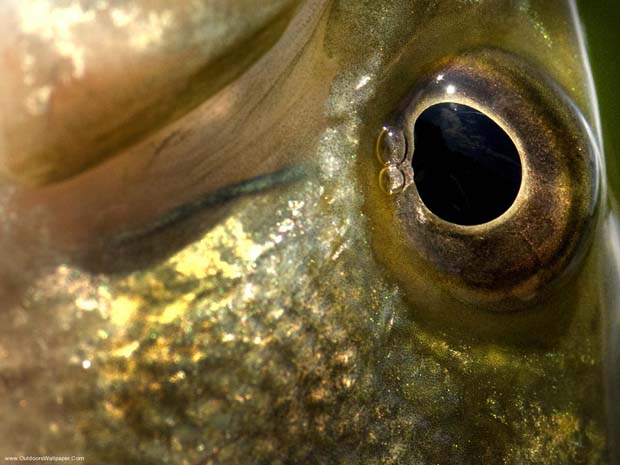The following excerpt is from the book The Fisherman’s Ocean by David A. Ross, Ph.D. Reprinted with permission from Stackpole Books, Mechanicsburg, Pennsylvania.
Some Research on Fish and Color
[dropcap]D[/dropcap]etailed studies on how fish respond to light and color have been conducted on only a few species (usually freshwater fish) and mainly in laboratory situations. Research has shown that freshwater largemouth bass have excellent color vision and can distinguish between various shades of the same color. Bass, including striped bass, can detect color during the day but usually not at night, when they (like most other fish) are using their light-sensitive but only black-and-white rod-cell vision.
Colin Kageyama’s What Fish See takes an in-depth look at color and what fish see, focusing on freshwater fish such as steelhead. Dr. Kageyama’s studies clearly show how various colors appear very different under different water and light conditions.
Research published by Levine and others in 1980 showed that for a color pattern to be conspicuous to fish, its components should differ from each other, as well as from the color and brightness of the background. Their work showed that the most conspicuous pattern should have some combination of black and white, which will be relatively visible regardless of the type of light conditions. Other color combinations may also be visible to fish, but not so clearly under all conditions.
In his book The Scientific Angler, Paul Johnson describes laboratory research that tested whether largemouth bass can detect nylon monofilament line. These tests, done in laboratory aquariums, showed that the bass could easily detect 8-pound test monofilament line, and that colored line was much more easily picked up than clear colorless or slightly green monofilament.
Research conducted in a real-world fishing setting (not in an aquarium) by Drs. Fred Janzow and Rudolph Miller from Oklahoma State University attempted to determine if largemouth bass could detect particular colors of line. The scientists made the color of the line the main variable by using the same lures and rods and by switching between anglers to reduce the differences in fishing skill. After two years of what must have been fun work, the researchers found that clear and blue-green monofilament were more productive than brighter lines. Fluorescent lines were especially visible to fish, and are probably not a good choice for fishing.
It’s difficult to be conclusive in such experiments. For example, the researchers thought that the reason for their conclusion about line color may have been that the light coming from the typical food of bass (shad minnows) was the same as the blue-green light from the line, so the color of the line did not alarm the fish. An interesting saltwater analogy comes from anglers who fish near jetties or in the surf zone and believe that a greenish-tinted line works best. They feel that the turbulence (which often appears to be green) of the water caused by the breaking waves makes a green line less visible to fish.
In next Wednesday’s Fish Facts Ross explains more about fish SENSES and how to apply them to improve your fish-catch stats.



